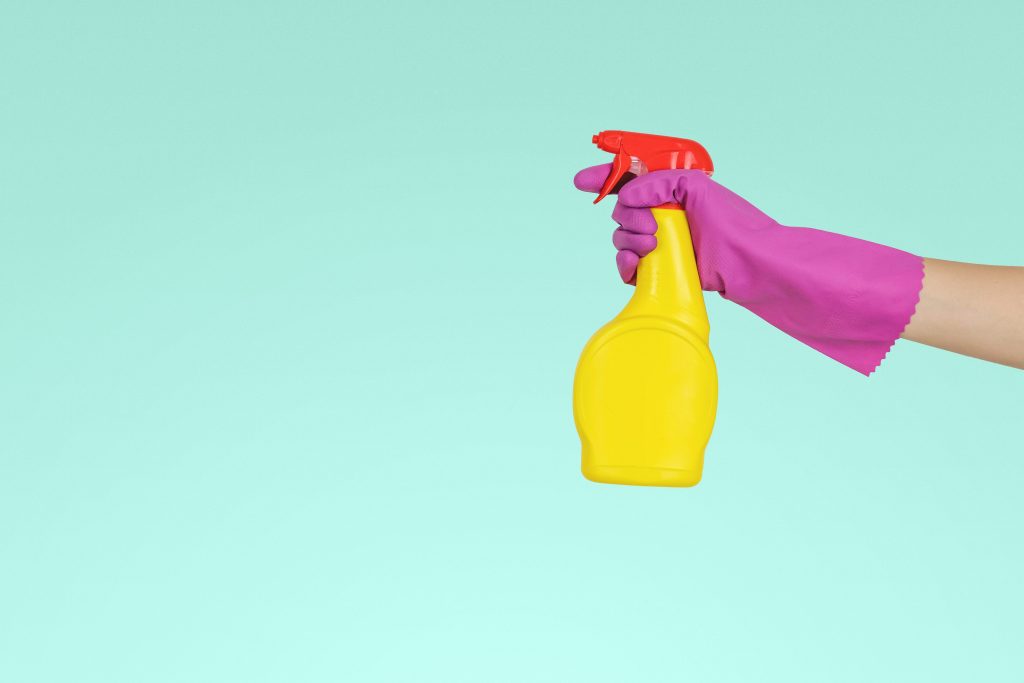
During the colder winter months, the risk of property damage such as mould increases. Property mould is one of the most disputed types of property damage between tenants and landlords, with both building structure and tenant lifestyle contributing to these damages.
Property mould can cause structural issues, dry rot and leaks, which can all escalate into more significant damage. Additionally, the presence of mould can have a big impact on tenant health, with mould causing colds, allergies and worsening existing health issues such as asthma.
Can mould damage be prevented?
Both structural building issues and tenant lifestyle can contribute to property mould. We’ve put together some guidance below to help landlords better communicate with tenants during winter to prevent damage to properties.
1. Don’t let the property temperature drop too much
Rising energy prices are contributing to colder properties as tenants strive to save money. But unfortunately these cut-backs can cause mould build-up, which affects both tenants and landlords. Tenants should be properly informed of the ways they can be cost-efficient in their energy usage, whilst maintaining an acceptable temperature in the property.
Some preventative actions tenants can take include having the heating on for just one hour a day, making use of off-peak energy times to reduce costs, or maintaining a consistent minimum temperature in the household which can be more cost-efficient than an off-on approach.
2. Remove mould immediately
Early-stage mould is easily wiped away. Tenants should be encouraged to keep look-out for property mould and remove the mould immediately with mould remover spray to prevent spreading.
3. Ventilate when drying clothes inside the property
When tenants use drying racks inside properties to dry their laundry, they release large amounts of moisture into the air. Inside a cold apartment, this moisture builds up on walls and surfaces and can quickly turn into mould.
Tenants should be advised to always dry their clothes in a well-ventilated space (or preferably outdoors where possible). Having the heating on whilst clothes dry will speed up the drying process and reduce the risk of damp and mould.
4. Make sure ventilation is not covered
If property vents are covered by furniture, or extraction fans are not used in damp rooms, the restricted air flow will increase the likelihood of damp.
Tenants should be encouraged to open windows in bathrooms for a short period to avoid a build up of moisture and to avoid blocking air vents.
5. Reduce condensation when cooking
Boiling pans, frying and using ovens, can all contribute to additional condensation and moisture build-up. Tenants should be advised to keep windows open whilst cooking to increase ventilation and help to regulate the temperature. Where there are no windows in the kitchen, using the extraction hood when cooking will help to reduce condensation.
6. Avoid gutter blockages
At this time of year gutters can easily get clogged with falling leaves and debris from trees as well as moss from the roof. Overflowing gutters can damage walls and create damp issues inside the property. Landlords and tenants should ensure that gutters are cleaned before the worst of the winter months to avoid blockages.
Summary
It is important not to ignore mould, condensation and damp issues within a property. They often start off small but can grow quickly and cause lasting damage when ignored.
Many modern properties are so well insulated that it is difficult to stop condensation from building up so it is important that tenants are aware of the need to ventilate the property even when it is cold outside.
Be vigilant when carrying out property inspections and act quickly when tenants report damp, condensation or mould in the property and where necessary ensure repairs are made.